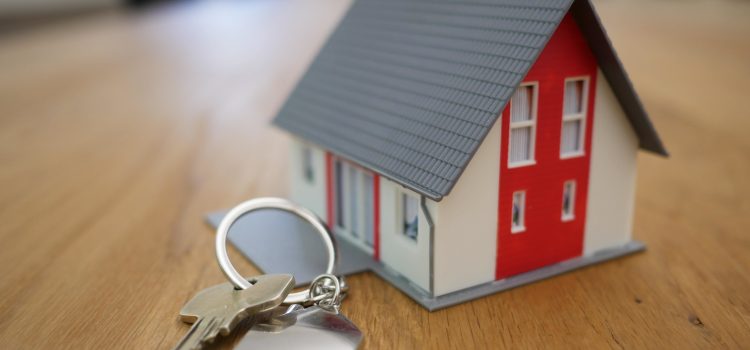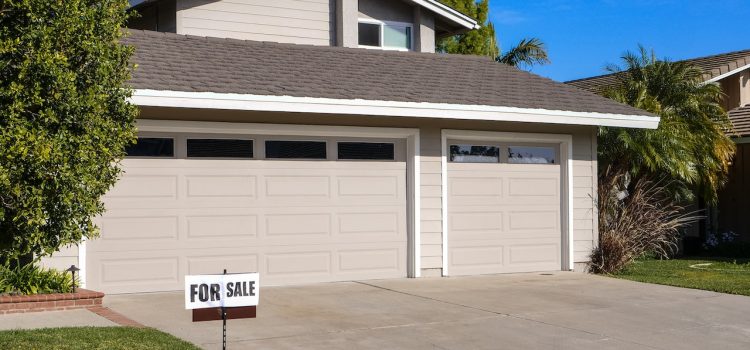
Florida Rising: How the State Became the Second Most Valuable Real Estate Market
In a surprising development, Florida has surged to become the second most valuable real estate market, reshaping the industry’s landscape. This article delves into the factors contributing to Florida’s rise and the implications for the state.
The Florida Advantage
Florida’s ascent in the real estate market can be attributed to several key advantages that have made it an appealing destination for real estate investment.
Tax Environment
Florida’s favorable tax environment has played a pivotal role in its success. With no state income tax, it has become a magnet for both individuals and businesses looking to optimize their financial resources. The absence of state income tax allows residents to keep more of their earnings.
Climate
Florida’s pleasant climate and stunning beaches have always been a major draw. The prospect of year-round sunshine, mild winters, and the ability to engage in outdoor activities in any season makes it an attractive destination for retirees and tourists alike.
Affordability
Another significant factor contributing to Florida’s rise in real estate value is affordability. When compared to high-cost areas like New York City and Silicon Valley, Florida offers competitive housing prices. This affordability factor has drawn a surge of new residents who find that their housing budgets go much further.
Table 1: Florida’s Real Estate Advantages
| Advantage | Key Factors |
|---|---|
| Tax Environment | No state income tax. |
| Climate | Pleasant weather and beaches. |
| Affordability | Competitive housing prices. |
The Urban Exodus
The COVID-19 pandemic accelerated the ongoing trend of urban exodus, with a growing number of people seeking more spacious and affordable living options. Florida’s cities, particularly Miami and Tampa, emerged as attractive destinations for remote workers and businesses looking to reduce operational costs.
Booming Real Estate Markets
Florida’s real estate markets, both residential and commercial, have experienced substantial growth.
Residential Real Estate
The state has witnessed a surge in luxury property purchases, particularly in coastal areas. Waterfront homes and condos have been in high demand, as high-net-worth individuals sought to secure properties with stunning views. The desire for spacious homes and luxurious living has propelled property values in prime locations.

Commercial Real Estate
The commercial real estate sector has also thrived. With businesses seeking to trim costs and relocate to more tax-friendly states, Florida emerged as a top choice. Demand for office spaces in business-friendly regions and the need for efficient warehousing facilities to accommodate the e-commerce boom have fueled the growth of the commercial real estate sector.
Table 2: Real Estate Market Growth
| Market Segment | Key Growth Areas |
|---|---|
| Residential | Luxury properties, coastal areas. |
| Commercial | Office spaces, warehouses. |
Implications for Florida
Florida’s rise to become the second most valuable real estate market carries significant implications for the state’s economy and real estate industry.
Economic Benefits
The surge in real estate value translates into tangible economic benefits. Job growth is notable, with the construction and real estate sectors expanding to meet the needs of a growing population. Increased economic activity, stemming from property transactions to business relocations, stimulates the local economy and generates new opportunities for residents.
Opportunities for Developers and Investors
The flourishing real estate market presents opportunities for developers and investors in various sectors. Developers are seizing the demand for new residential and commercial properties, while investors are identifying undervalued assets that offer substantial growth potential. This favorable climate positions Florida as an attractive destination for those looking to build or expand their real estate portfolios.
Conclusion
Florida’s rise to become the second most valuable real estate market underscores the significance of a favorable tax environment, a pleasant climate, and affordability in shaping real estate trends. As Florida continues to flourish, it stands as a model for regions seeking to attract residents and businesses, marking a significant transformation in the real estate landscape. The Sunshine State has indeed risen to new heights in the world of real estate, and its ascent shows no signs of slowing down.


























